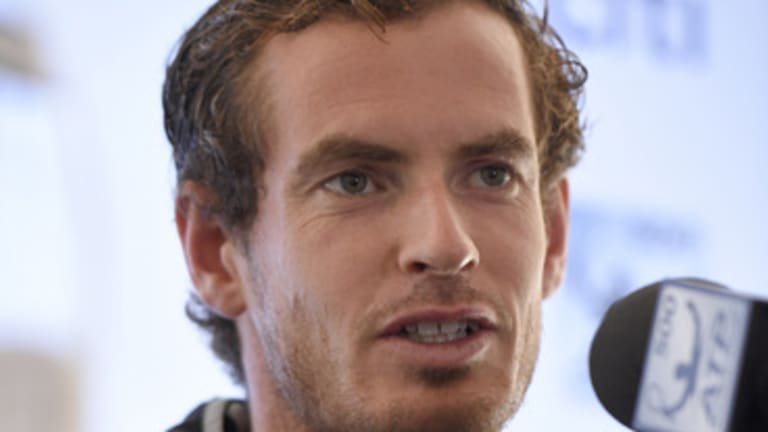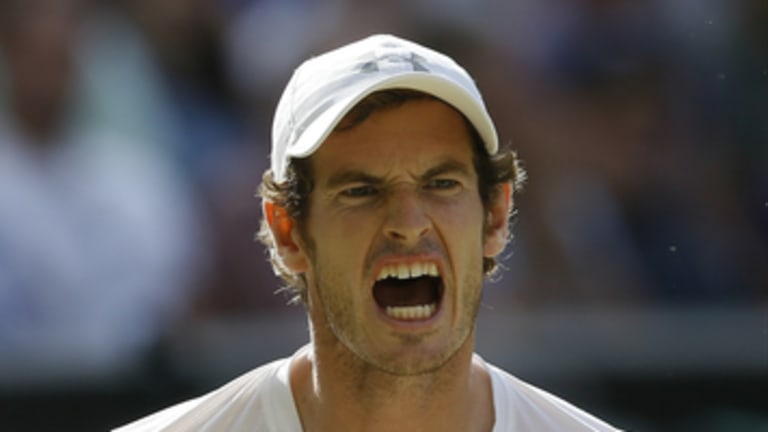Now that Novak Djokovic appears to have silenced any speculation about who might finish No. 1 in 2015 (before that conversation has even taken wing), maybe we should look at the next most logical question: Who is going to end up No. 2?
Alright, it doesn’t have quite the same ring. Still, three men with hard-court chops aplenty are in the hunt and could conceivably bump Roger Federer (9,665 ranking points) from his lofty perch right behind Djokovic (13,845 points): No. 3 Andy Murray (7,840 points), No. 4 Stan Wawrinka (5,790 points), and No. 5 Kei Nishikori (5,525 points). Murray and Wawrinka have won Grand Slam titles on hard courts, while Nishikori was a finalist at last year’s U.S. Open and counts outdoor hard his best surface.
Realistically, though, unless Federer decides to chuck it all and open a bait-and-beer store on the shores of Lake Geneva, the only player likely to sneak in ahead of him by year’s end is Murray. If he can pull that off, Murray would finish a season at No. 2 for the first time in his career (he reached the second spot on the ladder briefly in 2009, and again in 2013) and cap what is shaping up as yet another resurgence for a man whose career has had more peaks and valleys than the Scottish Highlands.
But while this latest comeback has been perhaps his most persuasive thus far, as evidenced by his unprecedented success on clay, it has also attracted relatively little attention. Even the British, who count Murray as one of their own, seem to have been focused elsewhere this year—bewitched by the legerdemain of Federer, the commanding expertise of Djokovic, and the woeful saga of struggling Rafael Nadal.
Sure, there’s this whole Big Four thing. But sometimes that seems more like the old gag about the WCT Tour’s original “Handsome Eight” really being “The Handsome Seven and Tony Roche.” Here, it’s the “Big Three and Andy Murray.”
There’s some truth in that slight. After all, Murray’s cumulative record against the trio he’s lumped together with is 25-47. More to the point, he’s lost four straight matches to Federer, his last eight to Djokovic, and he’s 3-3 in his last six against floundering Nadal.


